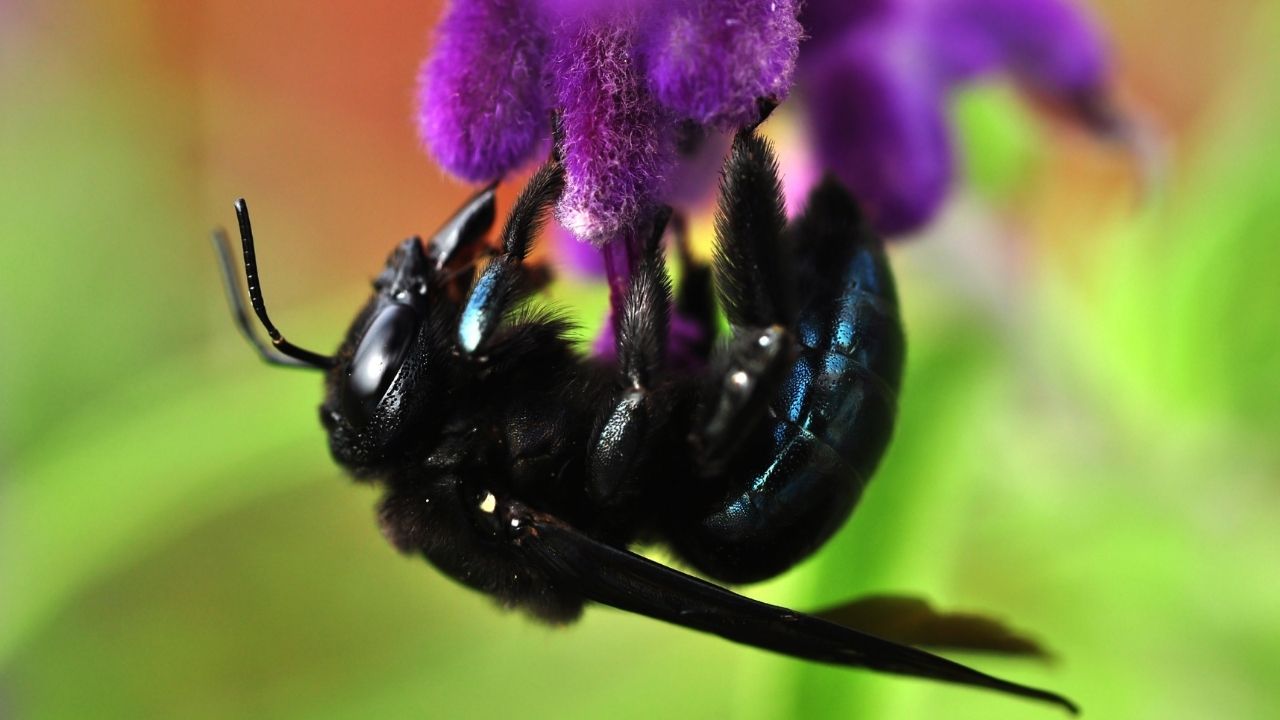

The wasp has white forelegs and translucent brownish-black wings, as well as two large antennae. Moreover, when the snake’s black belly is pulled down, you’ll notice three horizontal stripes. The gleaming black body, ivory-white face with black patches, and two V-shaped markings on the thorax of a bald-faced hornet distinguish it. Additionally, large black wasps will sting you multiple times if you invade their nest.Īs a result, it’s preferable to summon experts to eliminate hornets and the infestation if you identify a hornet or wasp’s nest.

If you get too close to the nest, bald-faced hornets pose a danger to people. Nonetheless, it is most frequent in wooded and urban regions of the southeastern United States. The eastern United States and Canada are home to the bald-faced hornet. White-tailed hornet, white-faced hornet, bald-faced wasp, bull wasp, and spruce wasp are all examples of species names. The bald-faced hornet goes by different names, with its black body, smooth white face, and ivory white abdominal markings. You may have a bald-faced hornet nest nearby if you see many huge black and white flies flying around your yards. Wasp nests may be discovered on structures from time to time. Gray papery ball-like nests are frequently found high in trees, out of reach of the ground. The black and white wasp, which is twice the size of the yellowjacket, may reach up to 1 inch (25 mm) in length.īlack and white social wasps called bald-faced hornets live in enormous globe-shaped nests. Instead, the gigantic insect’s moniker comes from its aggressiveness, bald-faced head, and hornet-like demeanor. In the genus Vespa, the bald-faced hornet is not a genuine hornet.

The glossy, mostly black body of the huge black and white wasp is overall. Its white and black complexion has two of them. It features two kidney-shaped complex eyes and thick segmented antennae. The bald-faced hornet has a flattened head, rounded thorax, and oval abdomen, as do most wasps. Hornets are large wasps with a aggressive nature. Hairless bodies, a slenderer look, and a thin waist are common characteristics of Wasps. Because they are fuzzy insects with striped yellow or black bodies, bees are different from wasps. The order Hymenoptera includes bees, wasps, and hornets.


 0 kommentar(er)
0 kommentar(er)
